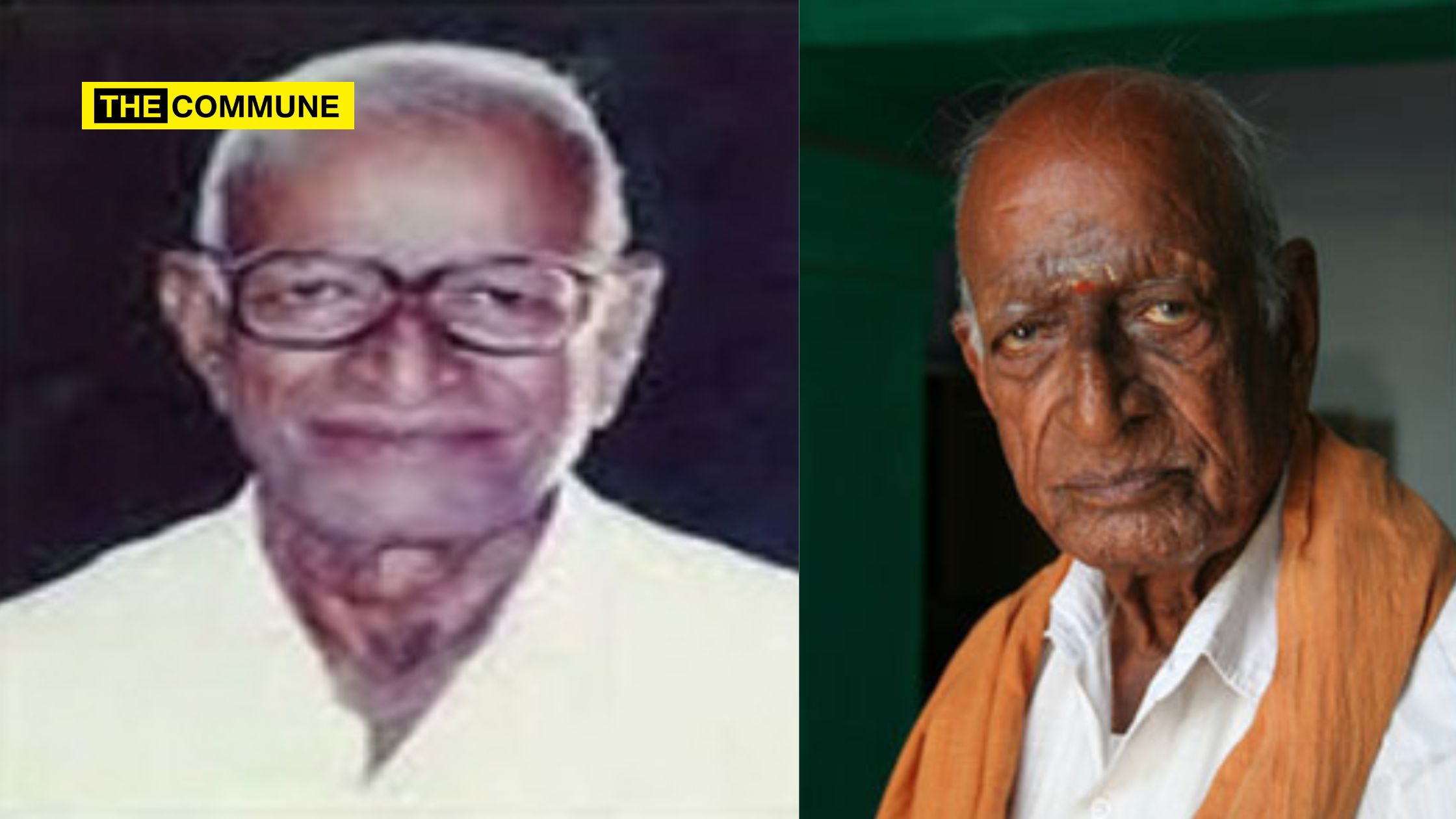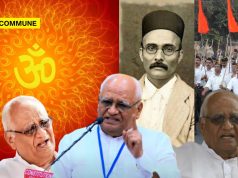
Another unsung hero in Tamil Nadu’s history is GS Lakshmana Iyer, whose omission was deliberate due to his divergence from Dravidian ideology. Despite his significant achievements in advancing Dalit rights, surpassing even EV Ramasamy Naicker, his Brahmin background led to the suppression of his entire legacy, despite his lifelong contributions to society through philanthropy.
GS Lakshmana Iyer was born on 22 February 1919 in Gobichettypalayam, Erode district, Tamil Nadu, to T. Srinivasa Iyer and Swarnammal. His father, Srinivasa Iyer, a staunch freedom fighter and member of the Indian National Congress, actively participated in the Simon Commission boycott of 1928 and later served as a member of the Madras State Legislative Assembly in 1937. Following his father’s footsteps, Lakshmana Iyer began his involvement in the freedom movement at a young age, speaking about it at just ten years of age.
Despite belonging to a wealthy landlord family, he dedicated himself to promoting Khadi by working in a Khadi shop. He faced several arrests for his activism: first in the Trivandrum conspiracy case in 1938, then for individual Civil Disobedience in 1941, and later for participating in the Quit India movement in 1942, which resulted in a cumulative imprisonment of two years. His wife, Lakshmi Ammal, also actively participated alongside him in Satyagraha. Both were sentenced to three years of rigorous imprisonment and fined ₹3000. Lakshmi Ammal was released after several weeks on the grounds of being under eighteen years old at the time of her arrest.
Furthermore, Lakshmana Iyer is widely acknowledged for his extensive efforts to uplift the poor and oppressed, generously donating most of his wealth to these causes. He distributed land valued at hundreds of crores in today’s currency to build homes for marginalized communities. Under his leadership, Gobichettipalayam became the first city in India to outlaw the manual scavenging system. His life and contributions have been extensively documented, including in Subi Thalapathi’s book “The Last Vestige of Gandhianism” and the documentary “Oyaa Maari” directed by advocate S. Balamurugan, which chronicles Lakshmana Iyer’s dedication to improving the lives of the underprivileged.
Lakshmana Iyer liberated Dalits burdened by debt, providing them with comfortable homes in clean, spacious streets. He also tirelessly campaigned for underprivileged students, establishing hostels with free meals and accommodation, which Mahatma Gandhi had ordered. Known as Raman Viduthi for boys and T.S. Rama Sarojinidevi Vidudhi for girls, these hostels began in a rented building in 1935. Regardless of circumstances, Lakshmana Iyer ensured students received their meals, often sacrificing personal items like his ring to fulfil their needs. Many students who benefited from these hostels have since achieved remarkable success.
Unlike EV Ramasamy Naicker, who merely advocated for Dalit rights, Lakshmana Iyer lived his principles. He bridged the gap between Dalits and himself by inviting them into his home in the agraharam near the Sivan temple. Despite social customs dictating that Dalits stand outside while Iyer’s relatives gathered inside, Lakshmana Iyer challenged this norm. He invited a Dalit inside and instructed him to fetch water from a well traditionally used by Iyer households. Despite initial hesitation, the Dalit followed his directive, poured the water for Iyer to drink, and declared neither the water nor the Dalit was considered impure. This act led to Lakshmana Iyer’s ostracization from his community by other members.
Similar to Vaidyanatha Iyer’s efforts for Dalit temple entry in Madurai, Lakshmana Iyer and his associate Sri Kannapa, also Brahmins, orchestrated a temple entry movement at the Siva temple in Gobichettypalayam on the same day. Despite facing attacks from caste Hindus and Brahmins throwing stones, they successfully achieved their objective. Such a man who generously donated 635 acres of land, including the sites of present government offices and schools, is being erased from history simply because of his Brahmin heritage—a tragic reality in Tamil Nadu. Efforts to commemorate him, such as erecting a statue at the bus stand, are consistently thwarted by the administration, citing trivial reasons like an actual incident in Iyer’s life, interactions with EV Ramasamy Naicker, where Naicker shared refreshments in Iyer’s home but later criticized the Brahmin community on the next street. This pattern reflects how society has benefited from his contributions yet neglected his legacy.
Subscribe to our channels on Telegram and WhatsApp and get the best stories of the day delivered to you personally.




